Atom#28
Chumono
Enough lurking the forums, it’s time to get my hands dirty. Here’s my Home Depot clearance special; the nebari caught my (untrained) eye, and it feels like a good starter tree.
So far it’s been pulled from nursery pot, roots combed out a little, and repotted in compost. I have some ideas for this guy, but will wait until spring 2020 to do any work on it.
Thoughts, critiques, advice about this specific species is always welcome! (And needed)
So far it’s been pulled from nursery pot, roots combed out a little, and repotted in compost. I have some ideas for this guy, but will wait until spring 2020 to do any work on it.
Thoughts, critiques, advice about this specific species is always welcome! (And needed)
Attachments
-
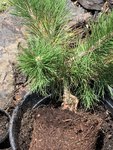 A7A0EC3B-24D8-46DB-8CC0-1A12D53D1D9D.jpeg415.9 KB · Views: 69
A7A0EC3B-24D8-46DB-8CC0-1A12D53D1D9D.jpeg415.9 KB · Views: 69 -
 44022C17-7C2F-4701-802C-FBE444D9EE8B.jpeg401.9 KB · Views: 71
44022C17-7C2F-4701-802C-FBE444D9EE8B.jpeg401.9 KB · Views: 71 -
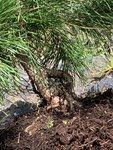 CC33D45F-1633-437A-8D3D-078CFB6DD6C5.jpeg311.4 KB · Views: 68
CC33D45F-1633-437A-8D3D-078CFB6DD6C5.jpeg311.4 KB · Views: 68 -
 DA26A031-0C4A-4F84-A194-13F3330ABFE4.jpeg409.8 KB · Views: 71
DA26A031-0C4A-4F84-A194-13F3330ABFE4.jpeg409.8 KB · Views: 71 -
 F635CCE1-9DBC-4936-8162-0C10DD9EBD89.jpeg345 KB · Views: 62
F635CCE1-9DBC-4936-8162-0C10DD9EBD89.jpeg345 KB · Views: 62 -
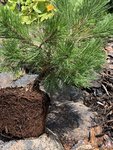 5F4B1A2E-3F4C-43F3-AB87-41D65F7E89FB.jpeg417.8 KB · Views: 67
5F4B1A2E-3F4C-43F3-AB87-41D65F7E89FB.jpeg417.8 KB · Views: 67 -
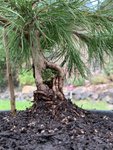 411E83F3-E85C-467C-BFF1-8751FAA9647A.jpeg278 KB · Views: 73
411E83F3-E85C-467C-BFF1-8751FAA9647A.jpeg278 KB · Views: 73 -
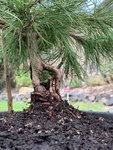 D3DC2A94-2B31-4174-B34F-7CB8E1887E17.jpeg289.9 KB · Views: 72
D3DC2A94-2B31-4174-B34F-7CB8E1887E17.jpeg289.9 KB · Views: 72 -
 7B6B15B7-F2AD-4F8C-AACD-9666C2796D68.jpeg308.9 KB · Views: 63
7B6B15B7-F2AD-4F8C-AACD-9666C2796D68.jpeg308.9 KB · Views: 63 -
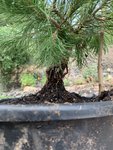 4DA3D794-D630-4D4E-A792-B64D6490C22E.jpeg266 KB · Views: 58
4DA3D794-D630-4D4E-A792-B64D6490C22E.jpeg266 KB · Views: 58
